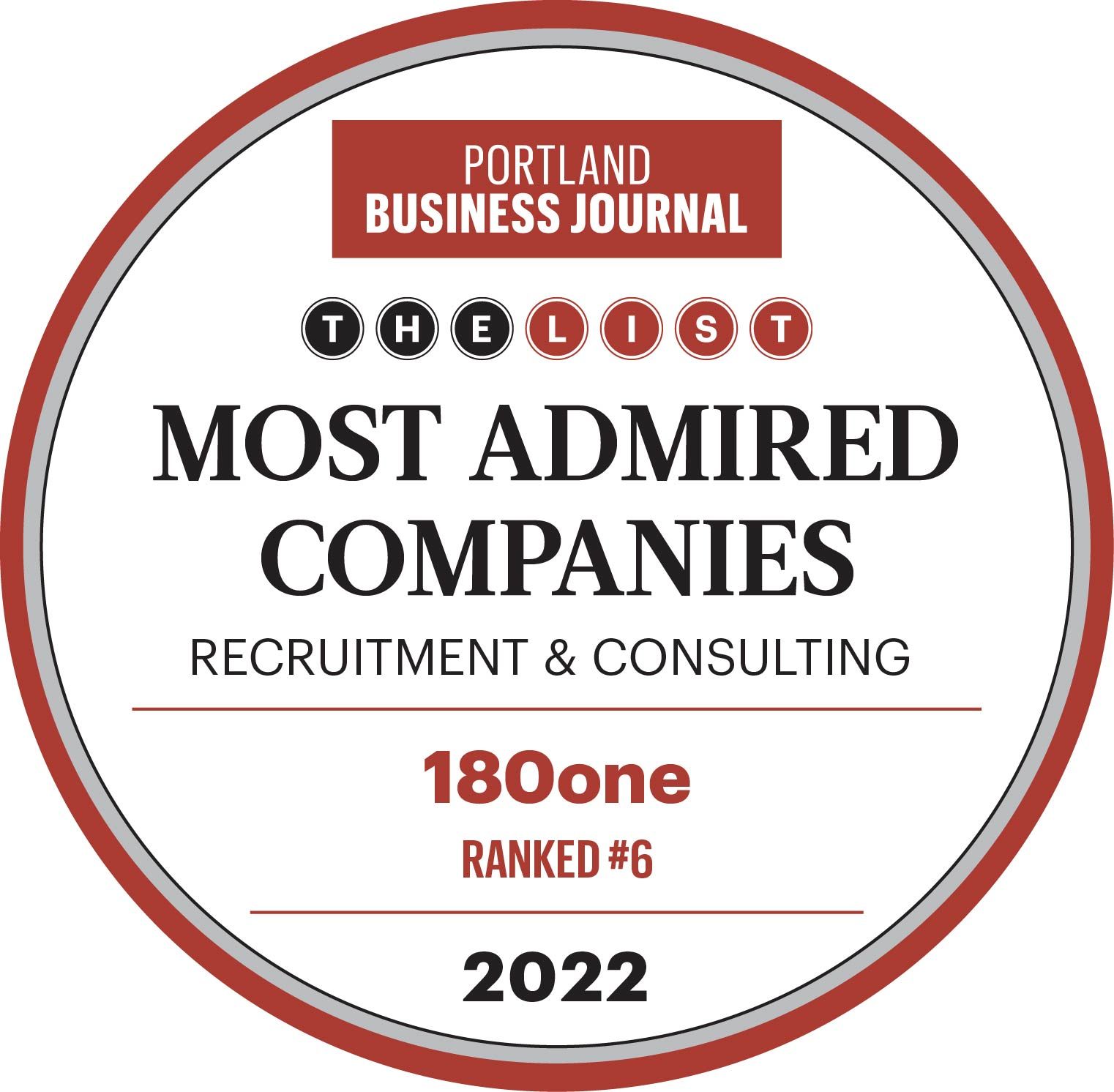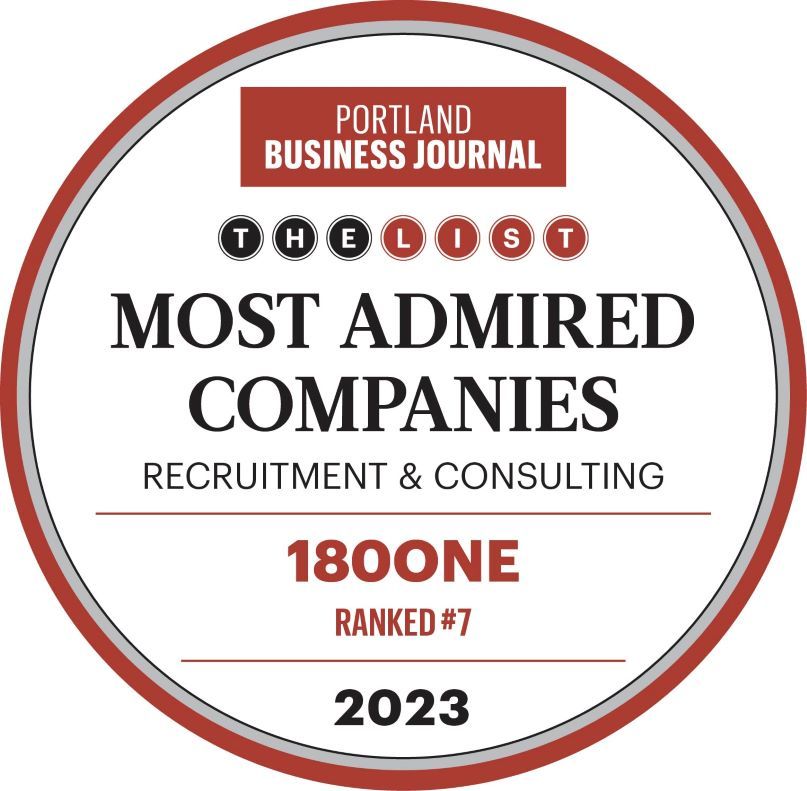The Director Gap: How Job Titles Affect Business Growth

As you grow your business, you’re faced with a number of choices that can make or break your success. Are you choosing the right real estate for new company locations? Do you have enough suppliers to meet the demand for your products?
And, most importantly, do you have the right team members to help you succeed?
Whether you’re adding new positions or backfilling existing ones, putting the right team together is key to growing your organization. Often overlooked, however, is deciding the appropriate job titles for each position and each team member.
In helping a variety of clients expand their businesses by adding senior-level management positions, 180one has seen many job title debates surrounding what we like to call the Director Gap.
As organizations grow, one major challenge is filling the senior-level management void that exists between Manager and Vice President level positions. Should new employees be considered Senior Managers or Directors? And how much does the job title really matter?
As you grow your organization and close the Director Gap, here are three important areas that could be impacted by the job titles you choose.
Changing Your Org Chart
Your company’s internal structure can be affected (both positively and negatively) when you introduce new job titles. As you add a new level to your organizational chart, it’s important to consider the impact on your organization as a whole.
When adding a Director level to your org chart, think about these questions to help you understand the internal needs and challenges that may arise:
Does a Director level fit with your company’s culture?

All organizations are unique, so before you alter your org chart, consider whether a Director level fits with your company’s culture. Are you adding a new management level because it will assist with your long-term growth plans, or are you only adding a new level of “bureaucracy” that doesn’t align with your company culture?
Who receives a Director title and who doesn’t? And how do you decide?
When bringing new talent into your organization (at any level), it’s essential that you remain consistent when assigning job titles. If you choose specific criteria for assigning a Director title, remember to think about how those rules might apply in special circumstances.
If all Directors must manage a team, for example, you may need to consider how you will deal with a high-level individual contributor who comes on board in the future.
How will adding a Director title affect your company’s compensation structure?
Does your your organization offers a Long Term Incentive Plan (LTIP)? If so, you may need to add new members to that LTIP to accommodate new senior titles. Moreover, by adding a Director level position, you may need to change some Managers into Senior Managers, which could also impact compensation.
Thinking about the financial impact that adding a Director title will have on your entire organization will help you avoid any issues with your compensation plan down the road.
Perception in the Marketplace
As you add new members to your team, assigning the right job titles can also affect how others outside of your organization perceive those positions. When deciding on position titles, make sure to consider the requirements of your industry.
Will the position work with vendors who require authorization from the Director level or above to complete a transaction? If so, a Director title may be better than a Senior Manager title in order to streamline workflow.
Is the role more externally-focused, like a Sales position? A Director title may give the position more credibility than would a Senior Manager title, allowing the position to bring in new business more effectively.
Paying attention to your industry’s preferences when it comes to position titles will enable you to create alignment when appropriate and help avoid any setbacks that your employees may face when engaging with others in the business community.
Recruiting Top Candidates
The Director title is often more attractive to a potential candidate than the Senior Manager title, so you may lose out on candidates with the right skills and experience because they require a more senior title.
To make sure the wrong job title won’t stand in the way of recruiting candidates for your expanding organization, keep these tips in mind:
- Survey similar positions in the marketplace. Position titles vary from company to company, but researching companies that are similar in size and industry can help you identify the titles that might be right for your organization.
- Make sure the job title aligns with the job description. Will this position report to a Vice President? Is this person managing a large team? Will you only consider candidates who hold an MBA? Outlining the scope and responsibilities of the position will help you determine if a Director level title is necessary.
- Job titles really do matter in the marketplace. So make sure to keep them in mind when you add new employees at all levels as you build your team and grow your business.






